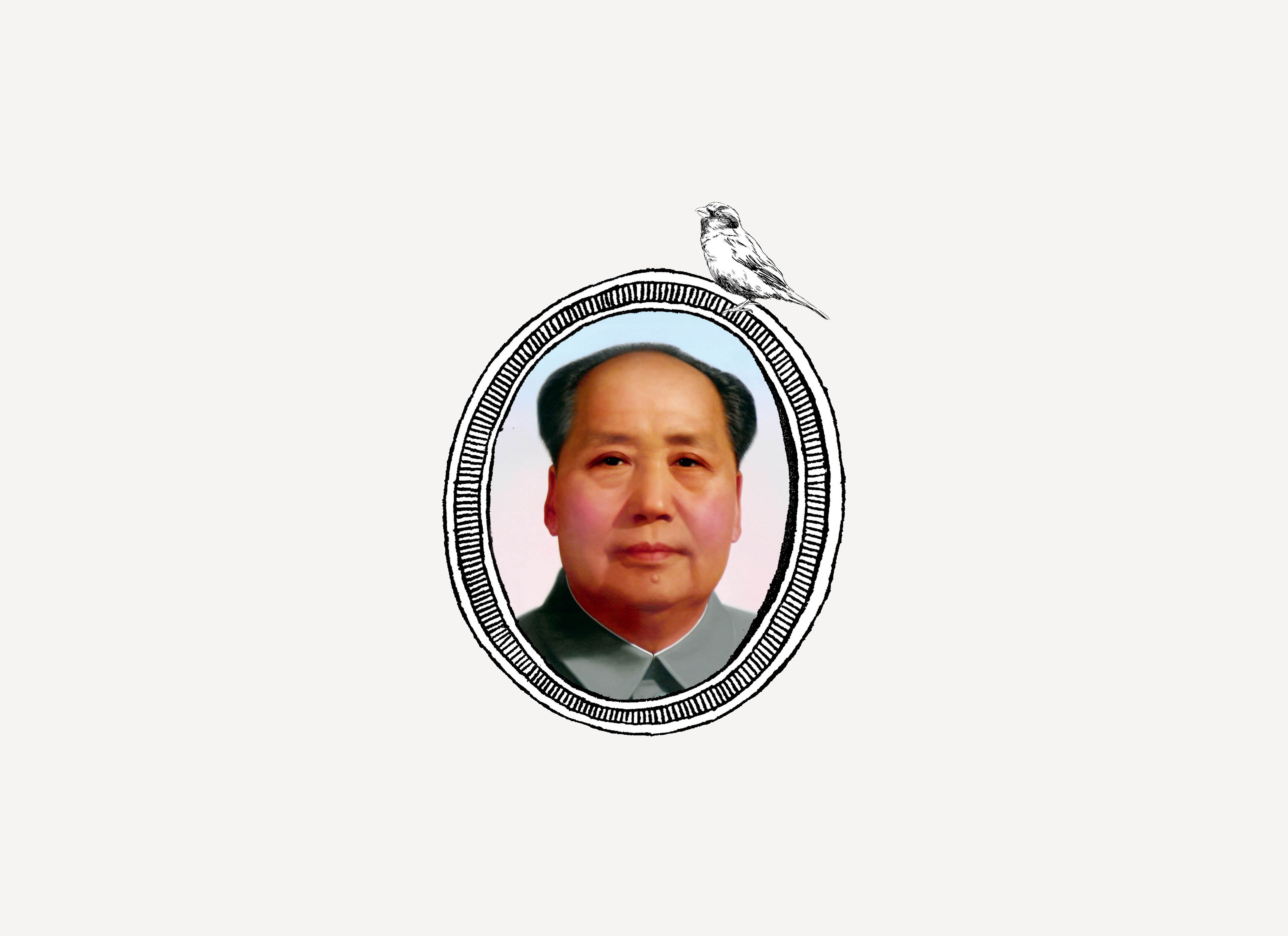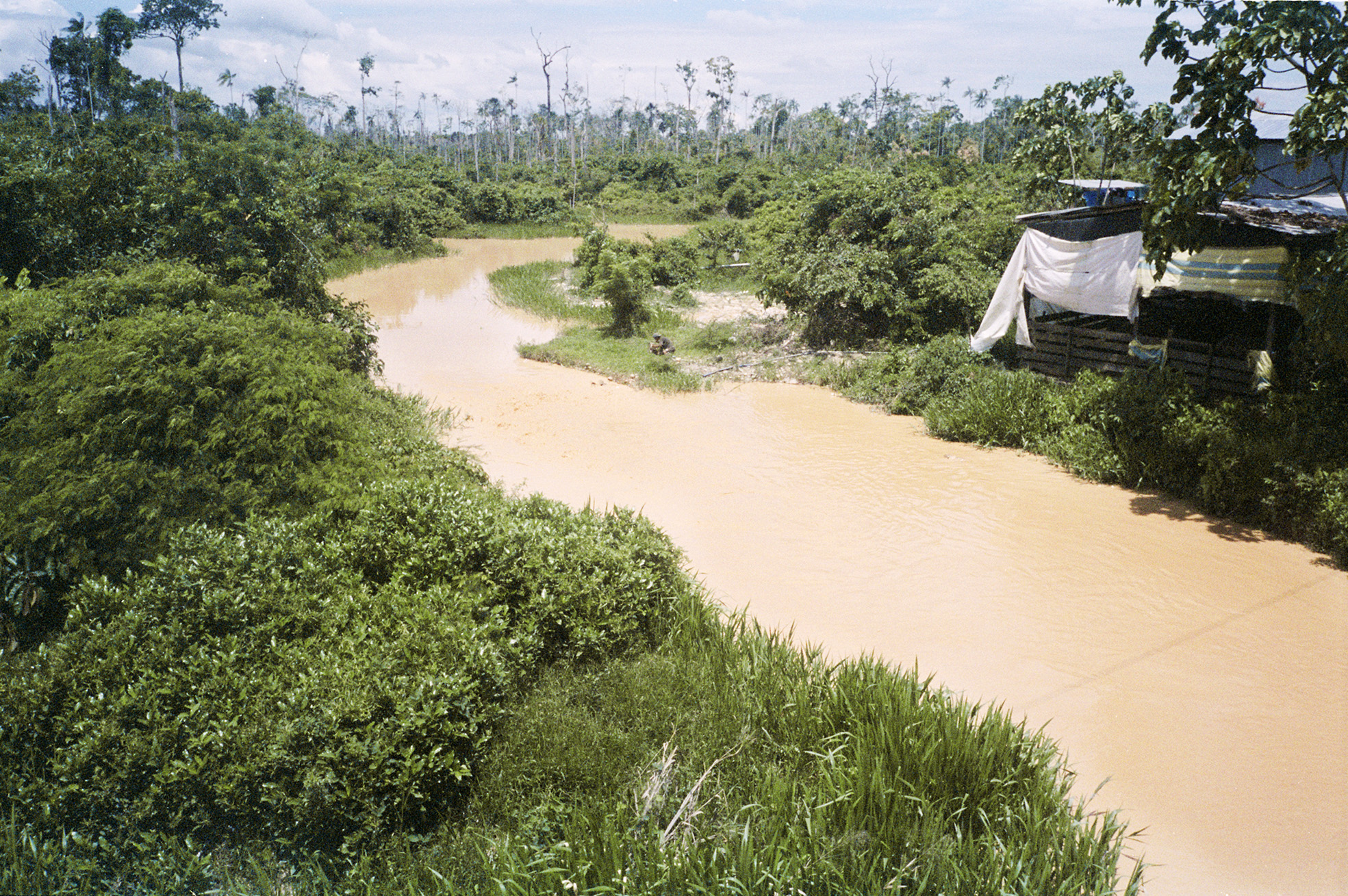
Or, how a dictator’s mindless war on birds unleashed terrible plagues upon China, and why respect for animals is the path to freedom.
The general held his breath when the auditorium suddenly exploded in thunderous laughter. He didn’t know what had so amused those gathered in the hall, just as he was about to start speaking. The unexpected mirth was the fault of a cricket who lived in a small cage of dried gourd, tucked into an inside pocket of the general’s thick coat. Who would have thought that at such an inappropriate moment he would want to sing, and his joyous trills, magnified by the microphone, would ring out through the entire hall? Abashed, the general apologized to the assembly. Forgive me, comrades, that I allowed myself to be tempted by this ‘small amusement’.
This story is told by the outstanding Italian reporter and writer Tiziano Terzani in his book on China, Behind the Forbidden Door. He doesn’t tell us who the general was, or when the incident happened. But it’s easy to guess that it was after the death of Mao Zedong, when the song of crickets could once again be heard in the Middle Kingdom. During the times of darkness, terror and misfortune to which the Great Helmsman had reduced his country, their joyful chirps were drowned out by a sinister banging on drums, pots and gongs. This was the sound of the war that Mao declared on the sparrows.
Dropping like flies
It started in 1958, ten years after Mao declared the creation of the People’s Republic of China on Tiananmen Square (the Square of the Gate of Heavenly Peace). The Chinese Civil War had passed into history, but that didn’t mean that the enemy had been beaten. Mao wanted to outdo the whole world – not





